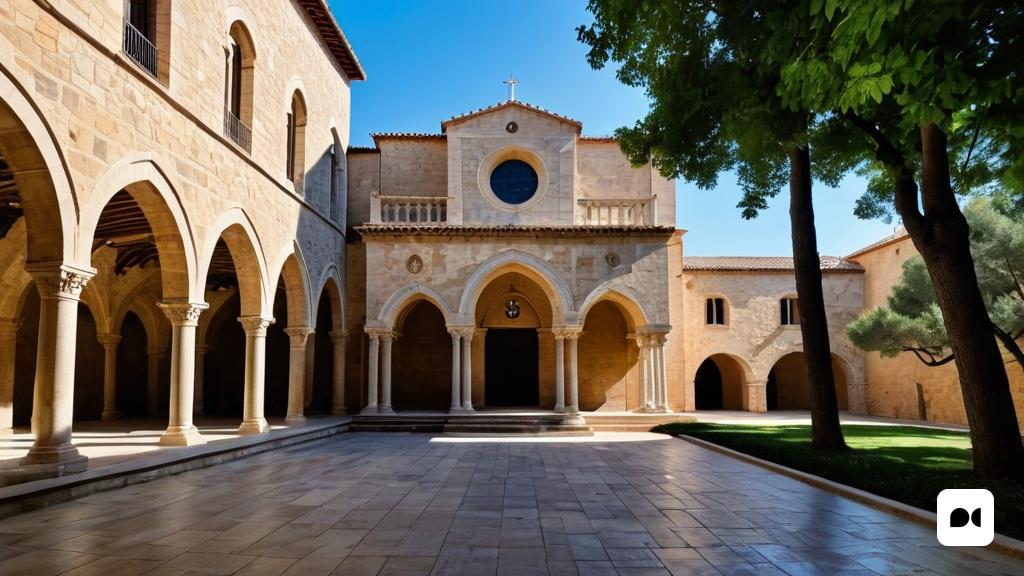A unique experience of artistic expression
There are not a few religious spaces that have incorporated a music festival into their offer in the spirit of creating synergies between forms of artistic expression, enriching the public’s experience and generating a multifaceted discourse that induces reflection. The monastery of Pedralbes also participates in this movement to revalue the heritage through cultural activity. This summer, L’hora mágica is celebrated there again, an oasis with activities and guided tours on Tuesday and Friday afternoons until September 13.
Musical Vespers: Sacred resonances
In July, the Vespres Musicals cycle has been scheduled, an initiative built around the motto “Sacred Resonances”. With the artistic direction of Dani Espasa, these days address the influence of religious music in the Western canon and its survival in contemporary creation. Whether for faith, cultural interest or love of music, this experience aspires to appeal to us all.
A combination of orthodoxy and experimentation
The festival seeks balance with two orthodox proposals and two based on experimentation without losing sight of the thematic axis of the heritage of sacred music. On the one hand, Carles Blanch, Marc Clos and Miquel Àngel Cordero will offer a tour through the universe of the 16th century pulsed string with music by Dalza or Des Prés. Along these lines, the Intacvs ensemble will travel the path that goes from the delights of courtly love to the devotion of Marian praises in Italy in the 13th and 14th centuries.
Frames Percussion and Carles Viarnès: A fusion of tradition and contemporaneity
Frames Percussion and pianist Carles Viarnès will star in the groundbreaking side. The former will perform Timber, a 2009 piece written by Michael Gordon for six singers. Thus, if the score provides a contemporary touch, the instrument links with the religious tradition, since it is an element used during the sixth century in Orthodox monasteries. The concept of the “sound magma” that they will create with the superimposition of patterns will highlight the dialogue with the monastery and will contribute to creating a contemplative atmosphere similar to that obtained with Gregorian chant.
Nun: An avant-garde rereading
Finally, the second avant-garde proposal, Nun, represents the reinterpretation of Viarnès – a musician linked to minimalism – of tradition with the touch of contemporaneity brought, among others, by sequencers and the theremin, one of the first electronic instruments.
Resignifying cultural heritage
The Monastery of Pedralbes demonstrates once again that the best way to keep cultural heritage alive is to respect it but approach it without complexes, with a desire to resignify it. So let’s move away from the museum vision of tradition and get ready to enjoy space and music here and now.

